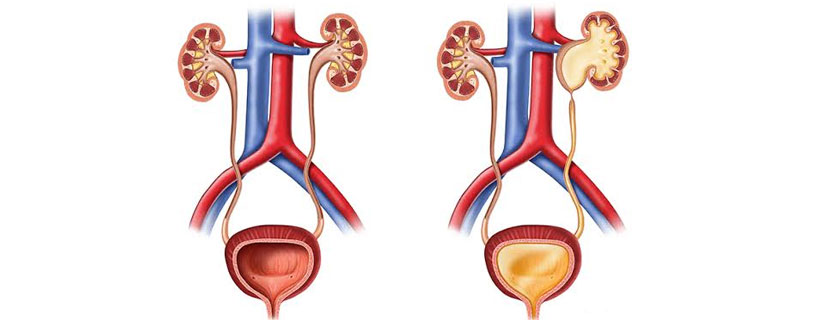Book Appoinment
Pyeloplasty


The primary goal of pyeloplasty is to remove the obstruction and restore normal urine flow from the kidney to the bladder. The procedure involves reconstructing or reshaping the affected area, typically by removing the narrowed segment and reattaching the healthy parts of the kidney and ureter.
Pyeloplasty can be performed using different surgical techniques:
Open Pyeloplasty: This is the traditional approach where an incision is made in the abdomen or the flank to access the affected area. The surgeon then performs the necessary reconstruction to correct the obstruction.
Laparoscopic Pyeloplasty: This is a minimally invasive technique that utilizes small incisions and specialized instruments, including a laparoscope, to access and repair the UPJ. The surgeon performs the reconstruction with the assistance of the laparoscope, which provides a magnified view of the surgical site.
Robotic-assisted Pyeloplasty: This is a variation of laparoscopic pyeloplasty where the surgeon uses robotic instruments for enhanced precision and control during the procedure.
The choice of surgical technique depends on various factors, including the surgeon's expertise and the patient's specific condition.
After pyeloplasty, the obstruction is resolved, allowing urine to flow freely from the kidney to the bladder. Most patients experience significant relief of symptoms such as pain, urinary tract infections, and kidney function may improve over time.
